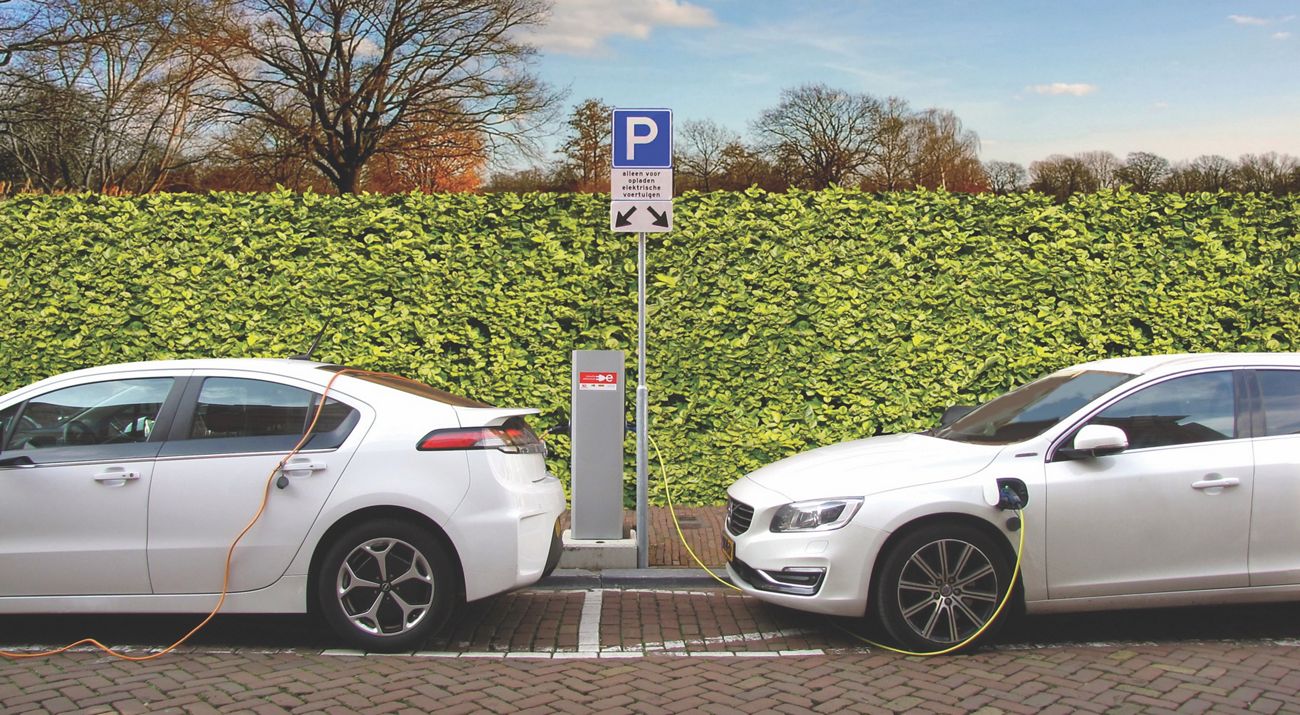New Research: EVs Can Save $100M for Government Fleets in Arizona

Media Contacts
-
Martin Rodriguez Nuñez
Climate Program Project and Partnership Manager
Phone: (602) 322-6998
Email: martin.rodriguez@tnc.org
According to new research released by Arizona Public Interest Research Group (Arizona PIRG) Education Fund, The Nature Conservancy in Arizona, and Frontier Group, even without federal tax incentives, Arizona and its local governments can realize savings of more than $100 million over the next decade by replacing retiring light-duty trucks, SUVs and vans in Arizona’s state and local government fleets with comparable electric vehicles (EVs).
Diane E. Brown, Executive Director of Arizona PIRG Education Fund, stated, “By transitioning to electric vehicles as older vehicles retire, the state and local governments can save $100 million for taxpayers and ensure air quality and public health becomes better, not worse.” Brown added, “Electric vehicles are less expensive, more capable, and can travel much farther on a charge than those available just a few years ago, making them an increasingly smart choice for government fleets.”
Dan Stellar, State Director for The Nature Conservancy in Arizona, added, “Making a meaningful transition to zero-emission vehicles is beneficial for air quality and public health, as well as our state economy, which continues to thrive, in part, due to investments in clean technologies like EV and battery manufacturing. We thank our partners for conducting this timely research, which shows that we can make forward-thinking investments that benefit people and nature.”
The organizations pointed to key factors and findings in their analysis:
- State and local governments in Arizona own more than 100,000 vehicles, with more than 7,500 in the state fleet alone. Most of Arizona’s fleet vehicles – from sedans to pickup trucks to construction vehicles – are internal combustion engine vehicles that use gasoline or diesel, which are costly to fuel and to maintain.
- EVs are less expensive, more capable and can travel much farther on a charge than those available just a few years ago. More than 100 models of light-duty and larger EVs are currently available and already on our roads, including pickup trucks and medium- and heavy-duty vehicles such as electric buses, cargo vans, freight trucks and garbage trucks. The U.S. Department of Energy lists dozens of such vehicles now available, with more on the way.
- Driving EVs instead of gasoline-powered light-duty vehicles over the next decade could enable Arizona state and local governments to save more than 1 million barrels of oil; cut emissions of smog-forming nitrogen oxides and volatile organic compounds by 103,000 pounds and 496,000 pounds, respectively; and reduce greenhouse gas emissions by nearly 387,000 tons (carbon dioxide equivalent), the same amount as produced by 81,000 typical cars in a year. Of those reductions, 98,000 tons could come from electrifying the state fleet alone.
“While the total cost of ownership savings from replacing retiring vehicles with electric vs. gasoline-powered vehicles over the next 10 years is significant, savings may be greater than estimated if state and local fleet managers are able to purchase vehicles that are designed specifically for fleets,” said Elizabeth Ridlington, Associate Director and Senior Policy Analyst for the Frontier Group. Ridlington highlighted how savings could be nearly $90 million greater by purchasing the Ford F-150 Lightning Pro model designed for fleets rather than the XLT model sold to individual consumers.
The organizations said that “Arizona should tap into the promise to save money for taxpayers and to reduce air pollution” by following this roadmap:
- Make bold commitments and stick with them, showing the resolve of the state and local governments to save taxpayers' money by electrifying vehicles.
- Develop a detailed fleet electrification plan to set purchasing priorities and guide investments in charging infrastructure.
- Share expertise and pool resources across state and local governments.
- Take full advantage of incentives offered by APS, SRP, and TEP, including technical assistance programs that offer an analysis of current fleets, as well as opportunities to transition to EVs, add charging infrastructure, and tailor electricity rates for EV charging.
This new research builds on previous reports on fleet electrification, which were conducted by Arizona PIRG Education Fund and Frontier Group.
We Can’t Save Nature Without You
Sign up to receive monthly updates from Arizona. Preview a Natures News email.
The Nature Conservancy is a global conservation organization dedicated to conserving the lands and waters on which all life depends. Guided by science, we create innovative, on-the-ground solutions to our world’s toughest challenges so that nature and people can thrive together. We are tackling climate change, conserving lands, waters and oceans at an unprecedented scale, providing food and water sustainably and helping make cities more resilient. The Nature Conservancy is working to make a lasting difference around the world in 83 countries and territories (39 by direct conservation impact and 44 through partners) through a collaborative approach that engages local communities, governments, the private sector, and other partners. To learn more, visit nature.org or follow @nature_press on X.


